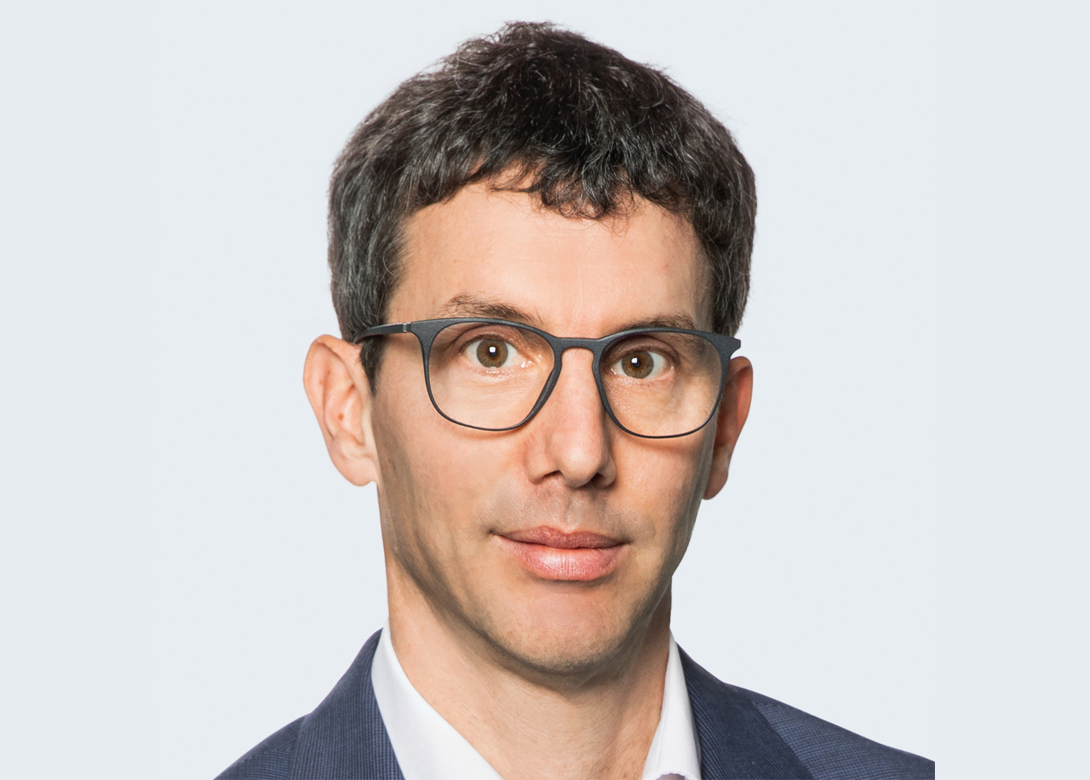
A review and preview of the global fastener market
Named after the Roman god who is often depicted as having two faces – due to its ability to look to the future and to the past – the Janus Perspective is a unique feature that includes a wide cross section of global fastener business leaders, who have all contributed their retrospective of 2021 and thoughts on prospects and challenges for 2022.

Thomas Christoffel, CEO
In times of uncertainty in the industry a technology leader cannot sit back and be merely reactive to the many challenges. Instead, the fundament for future growth must be built in these times of change. That is why Hatebur put its efforts in 2021 into digitalisation, technological innovation and R&D.
The pandemic years 2020 and 2021 have been difficult for everyone. Travel restrictions, lockdowns, economic downturn, uncertainties in all the major industries. We also felt the effects of Covid-19 at Hatebur.
However, a crisis can also be a chance. In 2021, our international teams focused on digitalisation, technological development, product innovation, and research, making sure that our company is well positioned for future growth.
Let me give you a few examples. In a time of cancelled industry trade fairs and a lack of direct customer contact, we started a virtual showroom where customers from all around the world can experience our technology and learn about our products in exclusive, digital tours. Our engineers introduced and refined technologies such as the servo-electric linear infeed, the servo transfer unit, and the servo direct drive – opening up a wide range of untapped possibilities; making parts transport more reliable; improving the tool life of the forming tools; and saving production costs for our customers.
We also launched Hatebur Connect, providing interconnectivity of all control components and state of the art data analysis for machine operators – a major step towards increased efficiency in production and troubleshooting. Our second brand, Carlo Salvi SpA, introduced a new machine concept with the CS 513 TH – for the first time offering a header with an integrated thread rolling unit, unlocking new market segments, and reducing investment costs for our customers. Last but not least, we took further steps in utilising synergies between Hatebur and Carlo Salvi, for example when it comes to the manufacture of control cabinets. With these and other achievements, we are convinced that Hatebur is on track to be well positioned for the future and we look back at 2021 with a sense of accomplishment.
When it comes to major industry trends, 2021 – with all its disruptions – has been an eventful year. A few trends dominated the automotive and fastener industries:
At Hatebur, we rely on our technological expertise and our R&D team to position ourselves for the future. Which parts will need to be manufactured in ten or twenty years from now? What are the production potentials? What are the machine concepts of the future? We are determined to focus on the answers to these questions, to improve existing technologies and machines, as well as develop clever and innovative solutions.

Will joined Fastener + Fixing Magazine in 2007 and over the last 15 years has experienced every facet of the fastener sector - interviewing key figures within the industry and visiting leading companies and exhibitions around the globe.
Will manages the content strategy across all platforms and is the guardian for the high editorial standards that the Magazine is renowned.
Don't have an account? Sign Up
Signing up to Fastener + Fixing Magazine enables you to manage your account details.